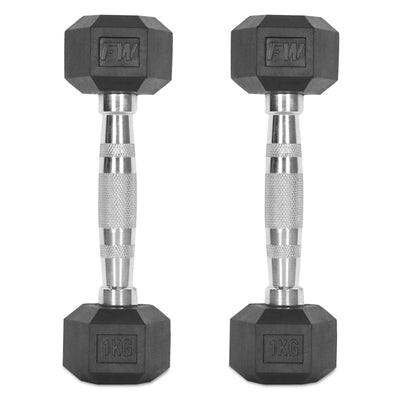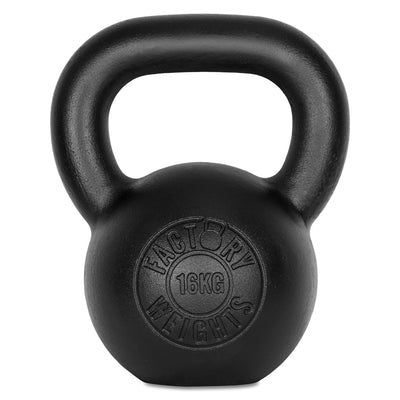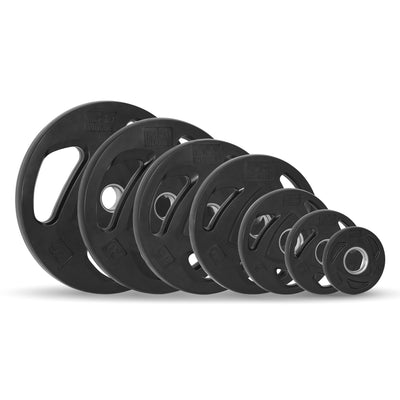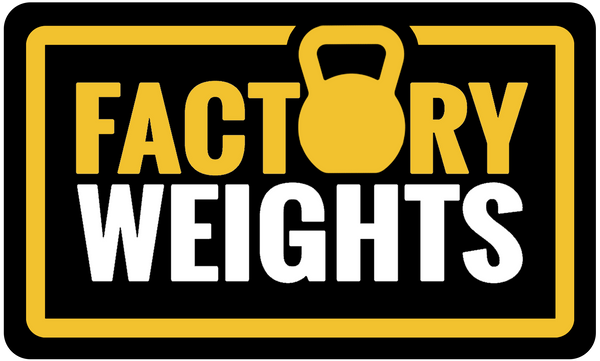DOMS or Injury: Which is it?
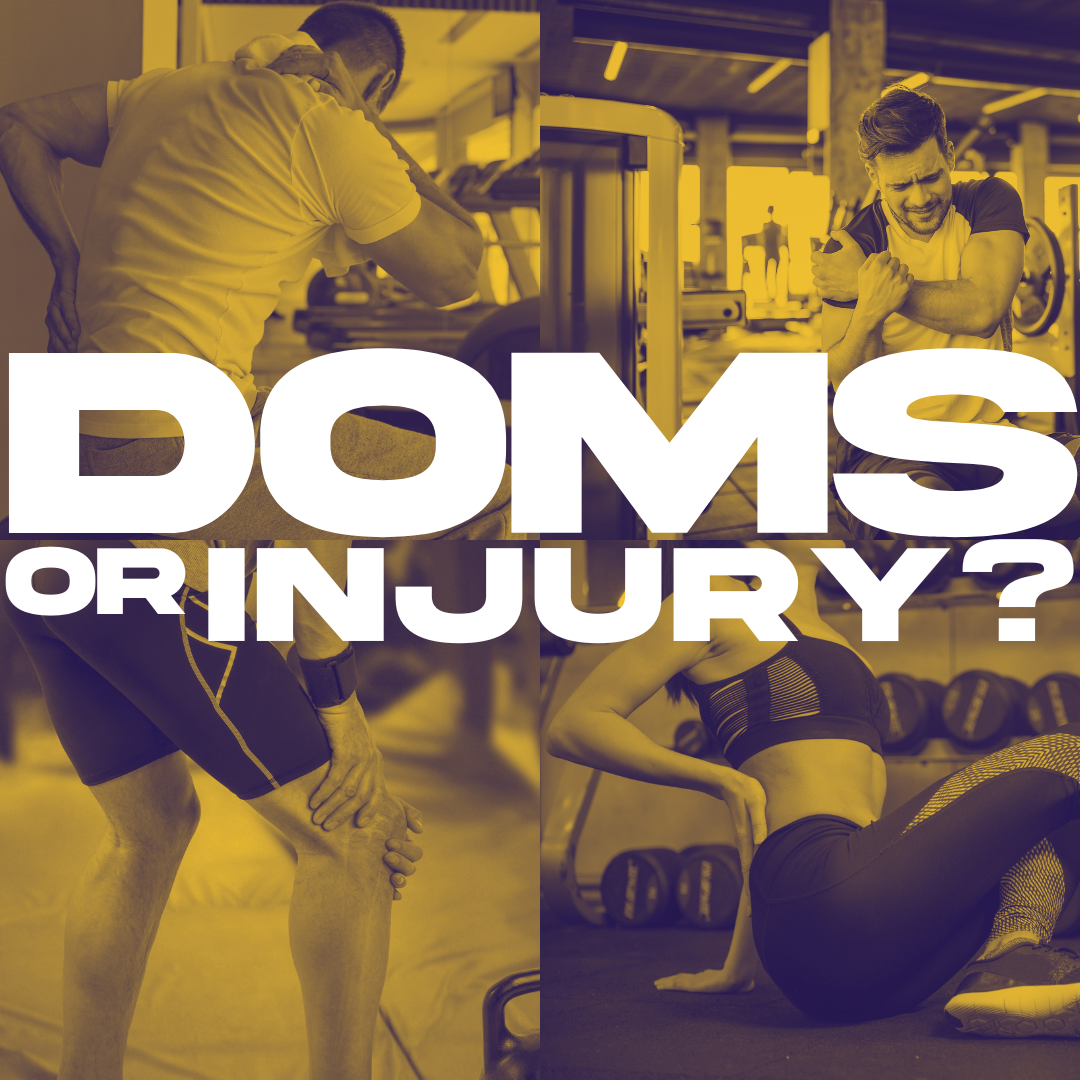
It's no secret that exercise is good for you. But what many people don't know is that there can be too much of a good thing. You might think that the more you work out, the better off you'll be, but overtraining can actually do more harm than good. In this blog post, we'll discuss the signs and symptoms of overtraining, as well as how to prevent it from happening in the first place.
There are many different ways to tell the difference between delayed onset muscle soreness (DOMS) and an injury. In order to make sure that you don’t continue working out if you’re injured, it’s important to be familiar with the symptoms of each.
In this blog post, we will discuss the differences between DOMS and injury, how to know when to stop exercising based on your symptoms, and what to do if you experience DOMS or an injury as a result of working out. We will also provide prevention tips for avoiding DOMS and injury. Finally, we will answer some frequently asked questions about DOMS and injury.
DOMS, or delayed onset muscle soreness, is a type of muscular pain that you may experience a day or two after exercising. The pain is usually a result of the muscles having been stretched beyond their usual range of motion.
The best way to tell if you're experiencing DOMS is to see if the pain is located in specific muscles and if it gets worse as you move them. If the pain is not in a specific muscle and does not get worse with movement, it is more likely to be an injury.
Another way to distinguish between DOMS and injury is by the amount of time the pain lasts. DOMS usually goes away within a few days, while injury pain may persist for weeks or even months.
The main difference between DOMS and injury is that DOMS is caused by muscle fatigue, while injury is caused by damage to the muscle or surrounding tissues.
DOMS usually occurs in the days following a workout, while injury may occur during or after a workout. DOMS pain is usually centered in a specific muscle group, while injury pain may be more widespread.
DOMS usually resolves within a few days, while injury may take weeks or months to heal. It is important to seek medical attention if you are experiencing prolonged pain from an injury.
If you experience DOMS or an injury as a result of working out, it is important to take steps to relieve the pain and promote healing.
If you are experiencing DOMS, try applying ice or a cold pack to the affected muscles. You can also take ibuprofen or acetaminophen to help reduce the pain. Gentle stretching may also help to ease the muscle soreness.
If you are experiencing an injury, apply ice as soon as possible and seek medical attention. Do not continue to work out if you are injured, as this may make the injury worse. Rest and ice are usually recommended for healing injuries.
Prevention is always the best way to go, and that is especially true when it comes to DOMS and injury.
Here are a few tips for avoiding these problems:
- Make sure you are adequately hydrated before, during, and after working out.
- Warm up and cool down properly before and after exercising.
- Don’t push yourself too hard or too fast. Start with a lower intensity and gradually increase the intensity as you become more fit.
- Take breaks throughout your workout. This will help reduce the risk of DOMS and injury.
- Stretch after you work out. Stretching can help loosen tight muscles and prevent DOMS.
DOMS FAQs
-
What are the symptoms of DOMS?
The symptoms of DOMS can include pain, stiffness, and swelling in the muscles that were exercised. The pain usually peaks 24 to 48 hours after the workout and may last for up to several days.
-
What are the symptoms of injury?
The symptoms of injury can vary depending on the type of injury, but may include pain, swelling, bruising, and difficulty moving the affected area. If you are experiencing any of these symptoms, seek medical attention immediately.
-
How can you tell if you're experiencing DOMS or injury?
There are a few ways to tell the difference between DOMS and injury, including the location of the pain, the amount of time the pain lasts, and whether or not the pain gets worse with movement. If you are experiencing DOMS, the pain will be focused in a specific muscle group and will worsen as you move that muscle. If you are experiencing injury, the pain may be more widespread and may not get worse with movement. Additionally, DOMS usually resolves within a few days, while injury may take weeks or months to heal.
-
How long does DOMS usually last?
DOMS usually lasts for a few days.
-
How long does injury usually last?
-
What should you do if you experience DOMS or an injury as a result of working out?
If you are experiencing DOMS, try applying ice or a cold pack to the affected muscles. You can also take ibuprofen or acetaminophen to help reduce the pain. Gentle stretching may also help to ease the muscle soreness.
If you are experiencing an injury, apply ice as soon as possible and seek medical attention. Do not continue to work out if you are injured, as this may make the injury worse. Rest and ice are usually recommended for healing injuries.
